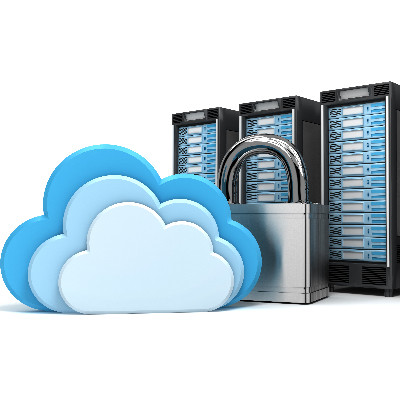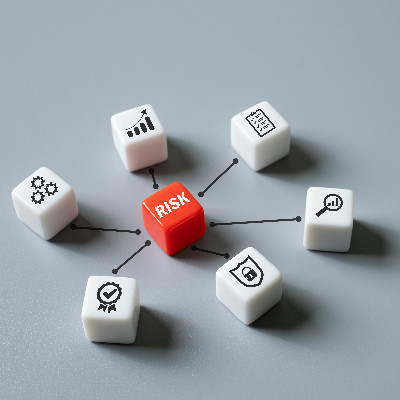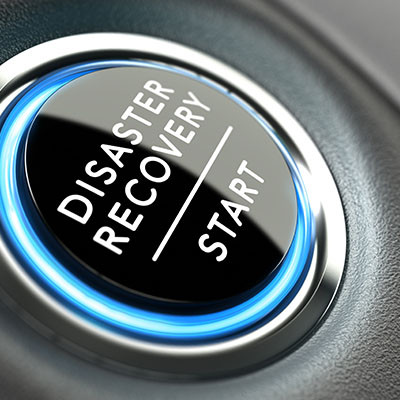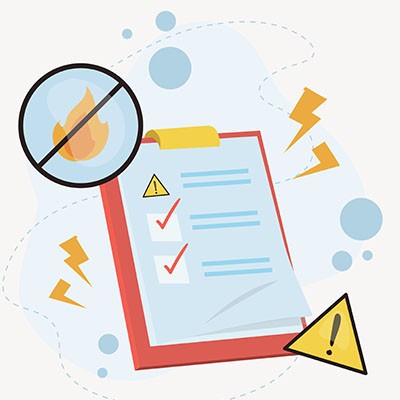Data loss can be from a cyberattack, hardware failure, or just plain bad luck. Either way, it is a real threat to your business. You can hedge against it by having solid data backup strategies in place. Today is World Backup Day, so we thought we’d go through some ways to build a data redundancy platform that will keep you from being left scrambling should disaster strike.
About Business Solutions & Software Group
Business Solutions & Software Group has been serving the South Florida area since 1997, providing IT Support such as technical helpdesk support, computer support and consulting to small and medium-sized businesses. Our experience has allowed us to build and develop the infrastructure needed to keep our prices affordable and our clients up and running.
Recent News
Contact Us
10211 W Sample Road Suite 114
Coral Springs, Florida 33065
Mon to Fri 9:00am to 6:00pm




















